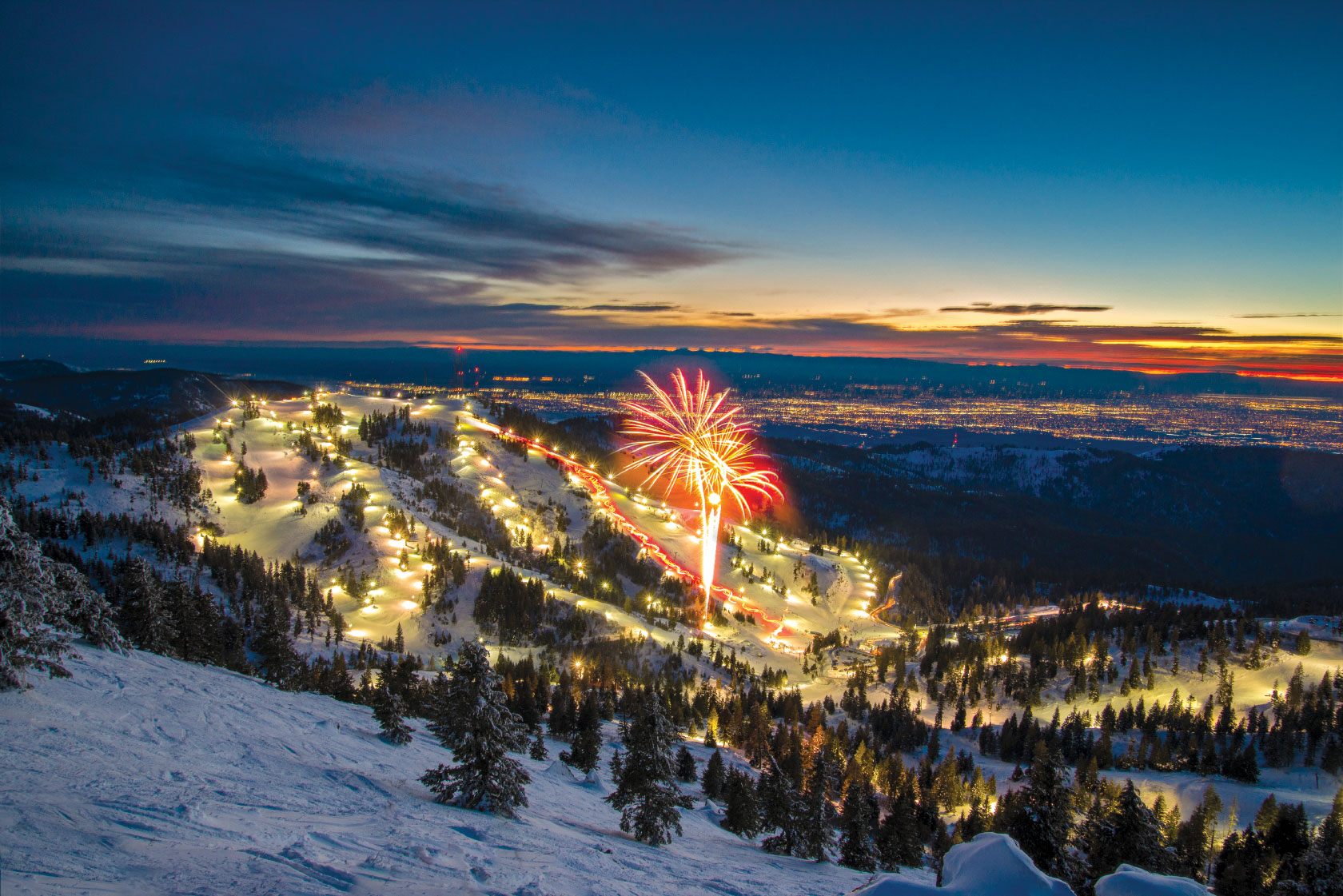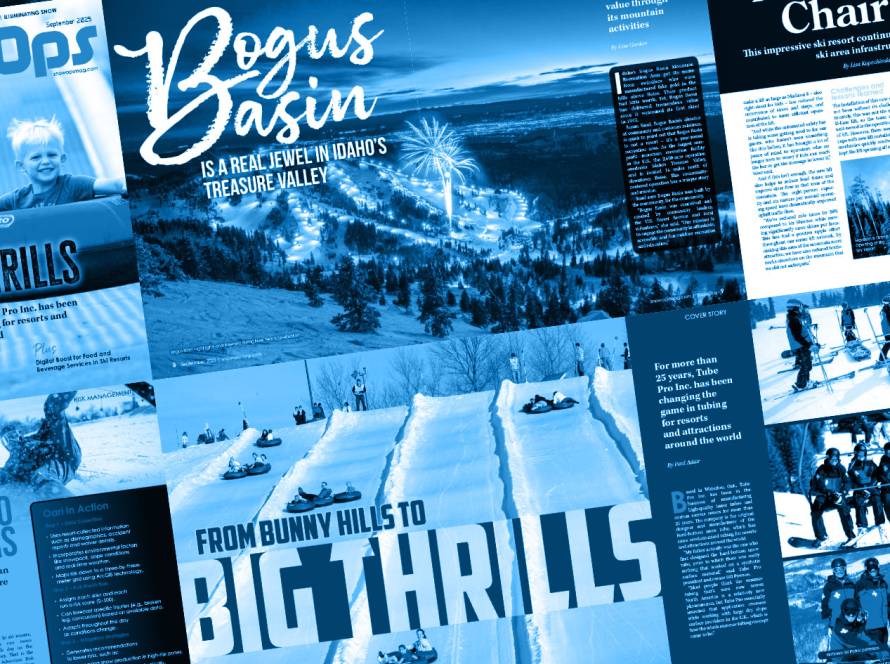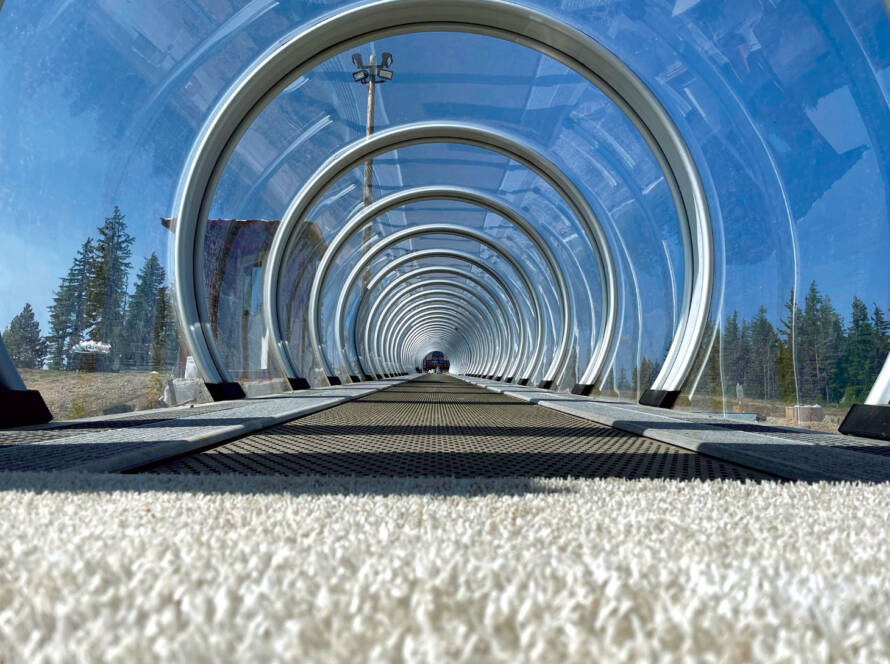Idaho’s Bogus Basin Mountain Recreation Area got its name from swindlers who once manufactured fake gold in the hills above Boise. Their product had little worth. Yet, Bogus Basin has delivered tremendous value since it welcomed its first skier in 1942.
Susan Saad, Bogus Basin’s director of community and customer relations, is quick to point out that Bogus Basin is not a resort – it’s a year-round recreation area. As the largest non-profit mountain recreation facility in the U.S., the 2,600-acre operation overlooks Idaho’s Treasure Valley, and is located 16 miles north of downtown Boise. This community-centered operation has a unique story and mission.
Saad says Bogus Basin was built by the community, for the community. “Bogus Basin was conceived and created by community leaders, the U.S. Forest Service and local volunteers,” she said. “Our mission is to engage the community in affordable, accessible and fun outdoor recreation and education.”
Bogus Basin attracts between 500,000 and 600,000 visitors annually for both summer and winter activities. The mountain facility boasts 88 ski runs and 10 lifts, including four high-speed quad lifts. It also features a tubing hill, a 37-kilometer Nordic trail system for cross-country skiing and snowshoeing, and three lodges. Bogus Basin offers beginner ski and snowboard lessons, equipment rentals, Rocky Mountain terrain and a vibrant night skiing program.
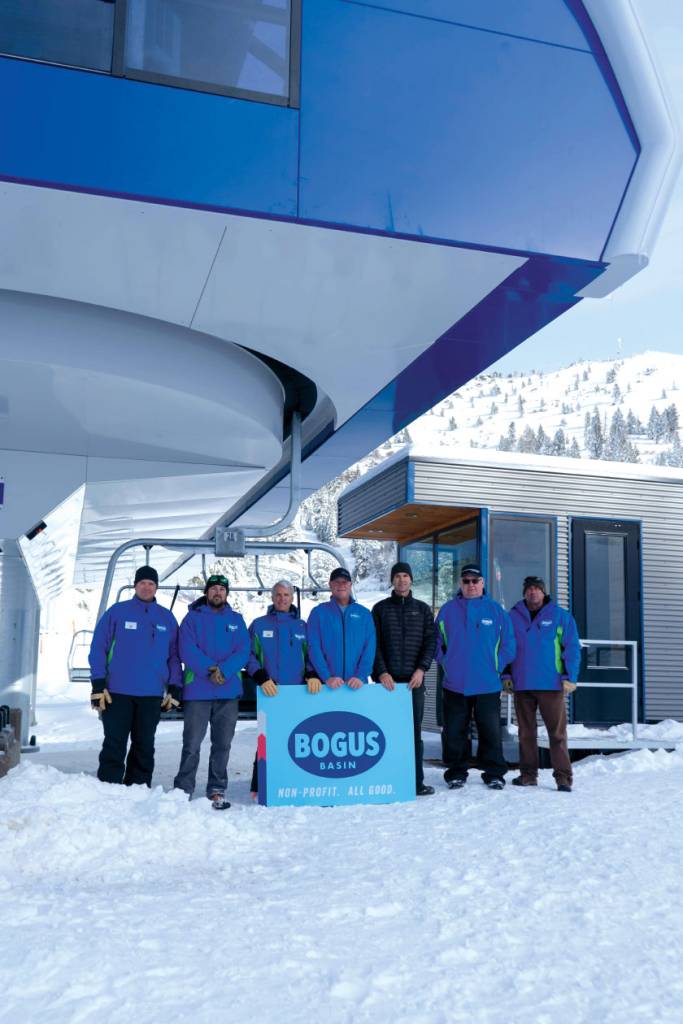
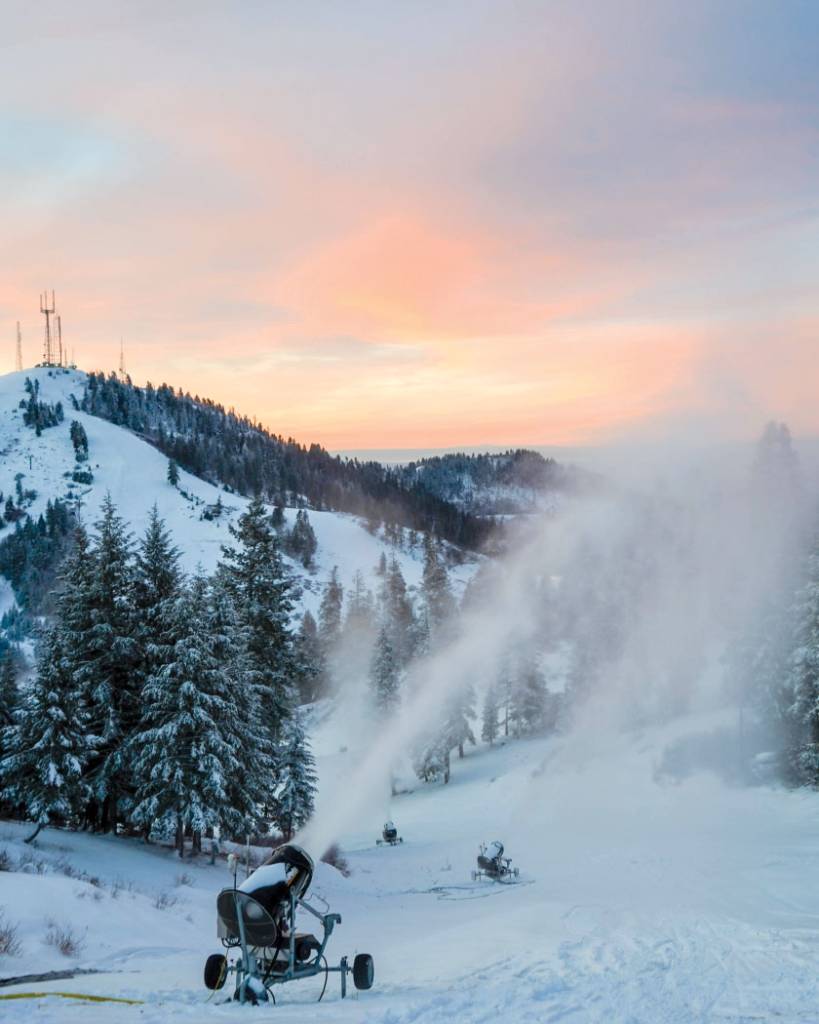
Saad says the facility has a high number of seasonal pass holders, many of whom are generational. “We provide a range of products at different price points,” said Saad. “You can buy a $99 night skiing pass for 100 days, with access from 6 to 10 p.m., seven days a week. For the 2025-2026 winter season, a regular winter season pass costs $549, with a premium pass offering year-round winter and summer access for $599.”
Summertime attractions at Bogus Basin include a mountain coaster, downhill mountain bike park, biking and hiking trails, zip lines and a climbing wall. The mountain also offers summer tubing, a bungee trampoline, free musical performances and full food and beverage service.
“Also unique is our environmental education programming, including Snow School and Mountain Discovery camps, as well as discounted learn to ski programs,” said Saad. “These programs are decades old. School classes go out to learn essentially a science lesson on the mountain. We can connect with most schools so they can experience nature as part of the classroom.”
She says the facility is taking advantage of the nice weather to work on capital projects for the upcoming winter season. “We are remodeling our Pioneer Lodge facility and constructing our new Outpost at Pioneer. Pioneer Lodge was built in the 1970s; it was essentially a square box. It’s now getting an incredible update, with an elevator. The Outpost will be a full food and beverage facility with additional winter seating, group and corporate events, weddings, etc. – another welcome addition.”
The success of Bogus Basin also hinges on its people. Volunteers support operations, including a 13-member board of directors and ambassadors from the Bogus Basin Recreational Association. Paid staff include a general manager and 65 year-round employees. Seasonal workers range from 600 in winter to about 130 in summer.
Among winter employees are 12 groomers, who typically work in groups of four. Grooming shifts run from 5 p.m. to 9 a.m. the following day. Equipment includes three winch cats, one PistenBully 600 and seven free groomers – among them, a PistenBully 100 dedicated to the Frontier Point Nordic trail system. There are also five PistenBully 400s.
Capacity and community
Capacity management has become increasingly important in recent years. Since the COVID-19 pandemic, Saad says, there has been a concerted effort to optimize Bogus Basin’s capacity. “During the pandemic, we limited access during peak periods while incentivizing visits during traditionally slower times by lowering prices. This not only ensured safe physical distancing, but also optimized our operational capacity, allowing us to serve more guests overall,” she said.
The population of Boise and the surrounding Treasure Valley is estimated at 900,000 residents as of 2023. This population growth has led to increased demand for activities at Bogus Basin. Saad says offering a range of passes for different times of day helps spread out visitors.
“We are always thinking about how we can adapt to accommodate our mission for a population that is exploding,” she said. “We can facilitate a lot more guests when they come in waves, and it helps to manage parking. This past winter season, we were open for 92 nights and we had a record 10,400 people visit the mountain on a single day in January.”
Also unique is our environmental education programming, including Snow School and Mountain Discovery camps, as well as discounted learn to ski programs.
Susan Saad, Bogus Basin Mountain Recreation Area
Many people come to ski after work, as Bogus Basin is just 35 minutes from downtown Boise. Often, it’s as busy at 6 p.m. as it is first thing in the morning. Still, Bogus Basin faces challenges shared by many similar operations, despite its successful non-profit structure. Chief among them is the changing climate and variable winter weather. “In 2017, we conducted a capital fundraising campaign, and in seven months we raised $6 million for top-to-bottom snowmaking on 17 runs, as well as a retention pond,” said Saad. “The community connection is unbelievable – people feel like they’re part of something at Bogus Basin.”
Recently, the facility decided to try a Finnish system called Snow Secure. This snow farming technology allows resorts to preserve large piles of snow at the end of each season, so it can be spread out on the slopes in the fall. “This spring, we stockpiled 11-acre-feet of snow, which is now covered under Snow Secure insulated blankets,” said Saad. “This fall, we will spread it out as a base on our beginner run.”
In addition to snow management, Bogus Basin has taken steps to reduce its carbon footprint, including solar lighting, electric snowmobiles and collaboration with the Forest Service on wildfire mitigation measures. Saad says she is proud of Bogus Basin’s impact on the community. “We believe every kid in the Treasure Valley should have the chance to visit Bogus Basin,” she said. “We do all we can to engage community partners, schools, parks and recreational districts to ensure everyone knows we are a non-profit and have many activities.”
One much-loved tradition dating back to the 1960s is the Dotty Clark Memorial Championship. The event sees nearly 1,500 area students in high school, junior high and middle school compete in alpine skiing, snowboarding and Nordic skiing races.“ We have sponsors who help to provide activities,” said Saad. “We partner with many youth-focused non-profits, including Boys & Girls Clubs of America, Big Brothers Big Sisters of America and the Challenged Athletes Foundation.”
Despite its colorful counterfeit history, Bogus Basin offers invaluable experiences and remarkable recreational value to Idaho’s Treasure Valley. A community vision realized more than eight decades ago, it remains a thriving resource today. “We are successful, demonstrating this model can be financially viable and serve our community well,” said Saad.
